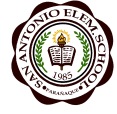GRADE THREE LAC SESSION – DIGITAL ELLN MODULE 3 LESSON 4
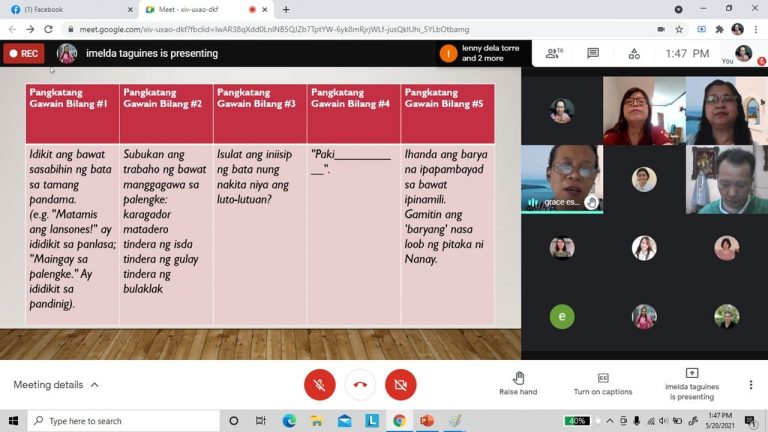
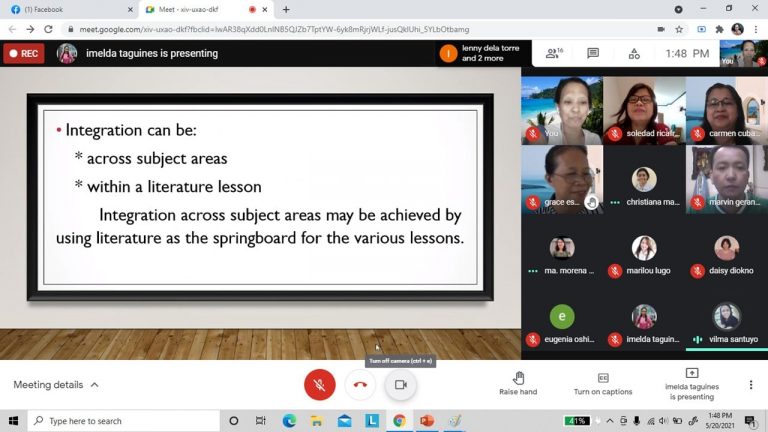
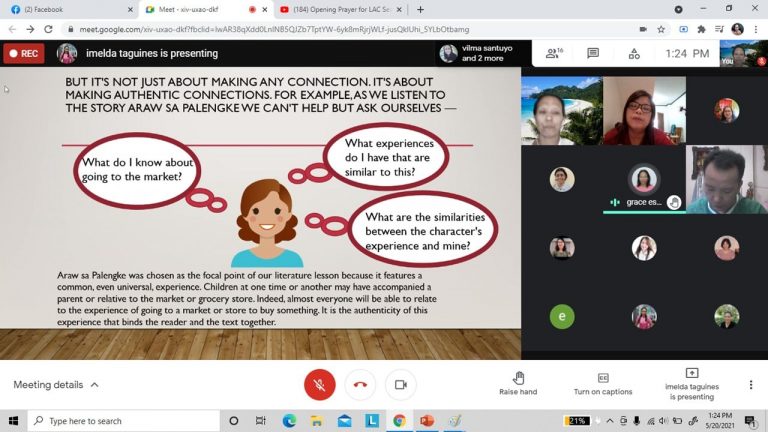
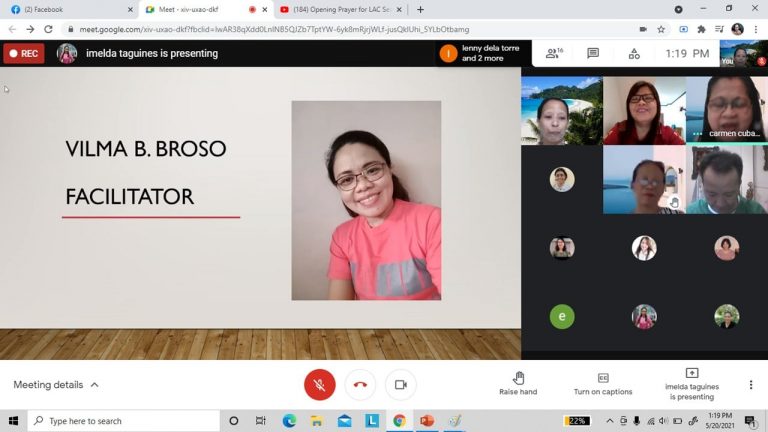
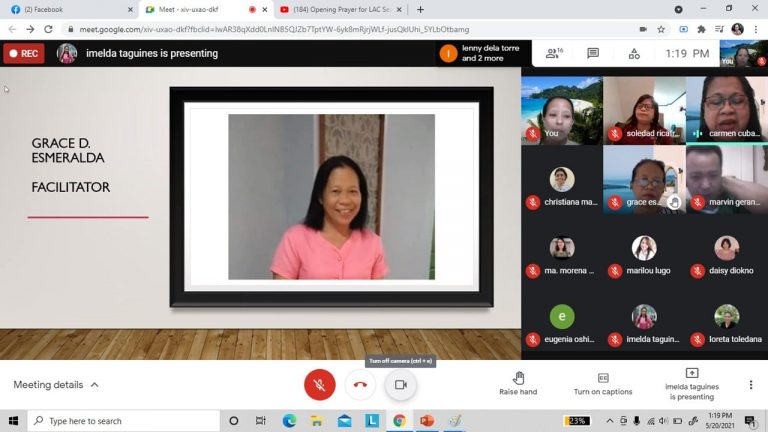
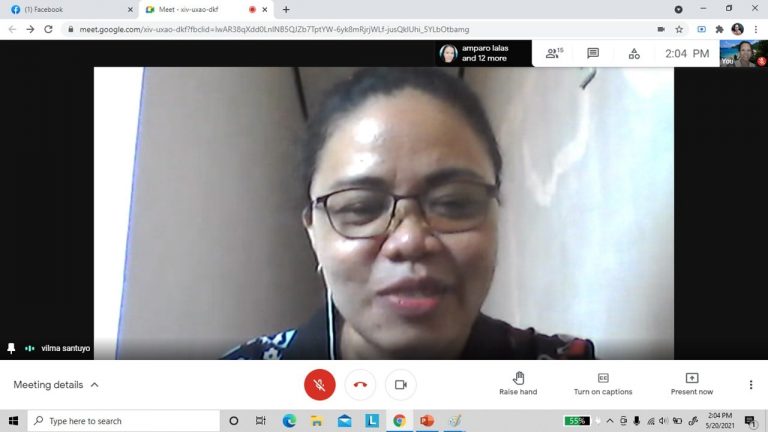
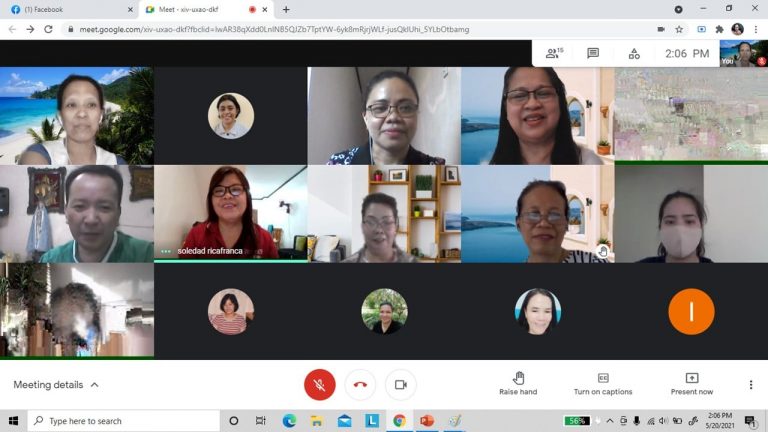
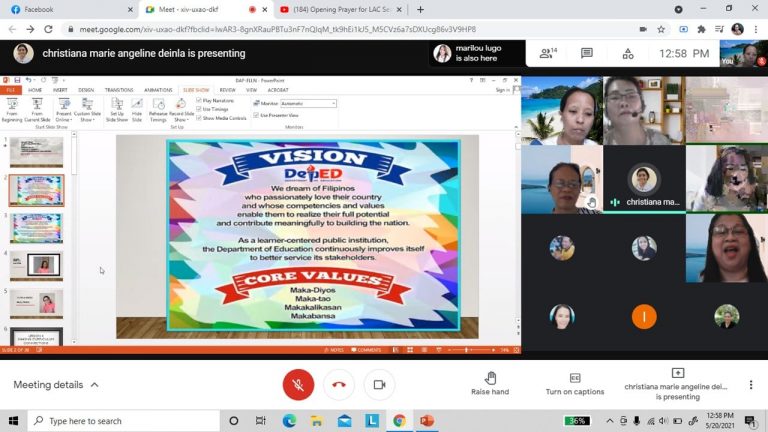
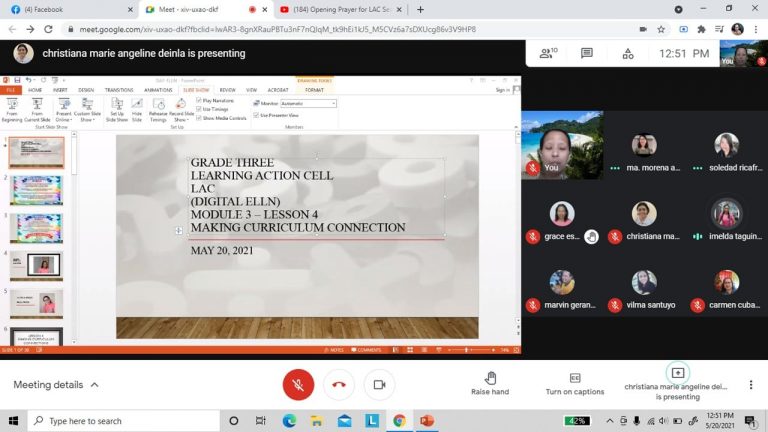
The LAC Session started with the singing of a nationalistic song and was followed with an opening prayer at 1:00 P.M. which were taken cared of by Ma’am Christiana Marie Angeline V. Deinla and Ma’am Melannie A. Flores respectively. The recitation of the Vision, Mission and Core values of the Department of Education was led by Ma’am Ma. Morena D. Armada.
Ma’am Soledad R. Ricafranca, one of the able grade three master teachers gave her Welcome Remarks. She gave insights about the curriculum connections. She encouraged everyone to become more effective teachers in using different approaches in teaching and with the inputs gained in the LAC session on Digital ELLN.
The moderator, Ma’am Carmen Cubarol, introduced the LAC facilitators, Mrs. Esmeralda and Mrs. Santuyo. Module 3, Lesson 4 was about making curriculum connections. The first LAC facilitator was Mrs. Grace Esmeralda. She discussed about integrated teaching. She started her talk with the presentation of the learning objectives: Discuss integrated teaching in relation to literature-based instruction and design an integrated lesson for a content area subject. She tackled the question “why integrated teaching”? When someone tells us a story,we can’t help but conjure images of our own experiences as the narrative unfolds. This is our way of making connections with what our friend is saying. And this is how we make sense of and comprehend what we are hearing. It is only when we can see the relationship or connection between things that an idea becomes meaningful. Developing comprehension then becomes a matter of increasing the intersection between the experiences of the reader and the experiences of the character/s in the story. But it’s not just about making any connection. It’s about making authentic connections. Learning is about making connections, and the more connections we make and the more encounters we have with an idea, the more we are able to think about it and retain it in our minds. Literature may be used as the context for developing understanding across a variety of subject areas. Integrated teaching involves planning and organizing curriculum and instruction so the subject matter disciplines are related to one another in a design matching the developmental needs of the students and connecting their learning in meaningful ways to their experiences.
The second LAC facilitator was Mrs. Vilma B. Santuyo. She started with the types of integration. First type of integration was integration across subject areas may be achieved by using literature as the springboard for the various lessons. Learning is facilitated when the subject matter is presented within a context. It is therefore important to choose a context to which the students can relate. And because we are using one context throughout the day across different lessons, these repetitive encounters will lead to better retention, which in turn may improve comprehension. Second type of integration was integration within a literature lesson. That is, we can present insights from different content areas and tackle them in one literature lesson. This helps students to appreciate a topic from multiple perspectives. It also helps students to see the relationship between what they are learning in the classroom and real-life situations. As Sunal et al. (2000) point out, integration within a lesson strengthens the relationship between in-class learning and out-of-school living. In an integrated lesson, we can address different learning styles by providing hands-on activities that are geared toward students’ particular interests and abilities. This type of integration increases not only student motivation, but also their continuous participation in the meaning-making process. Creating an integrated lesson begins with deciding on the mode of integration i.e., whether to integrate (1) across subject areas, or (2) within the literature lesson. Let’s say you want to integrate across subject areas.After you have zeroed in on the content area of choice, identify the topic that you would like to develop. This will be the basis for crafting learning objectives for the lesson and for drawing up a lesson plan using the explicit instruction framework. We can use literature as a springboard and as a platform for learning both content and skills. It is integration within a literature lesson and across subject areas that allows us to make more meaningful connections. The more opportunities we have to establish relationships between characters, things, events, and ideas, the better able we are to retain information, widen our perspective, appreciate diversity, and nurture our creativity.
Sir Joan Ching gave the Closing Remarks. Then, the distribution of certificates to the LAC facilitators and to the participants followed. Ma’am Carmen Cubarol, the moderator, congratulated and thanked everyone for the success of the activity especially to the LAC facilitators, the Technical Working Group led by Ma’am Deinla, Sir Ching for the certificates, Ma’am Loreta Toledana for the evaluation and Ma’am Imelda L. Taguines for the documentation. He ended the session with a quote from “Steve Jobs and A.J. Darkholme “ Learn continually there’s always one more thing to learn.” “Always hear others out and remain open-minded; the day you think you know everything is the day you have the most yet to learn”
The session ended at 2:15 P.M.
–Mrs. Grace Esmeralda & Mrs. Vilma Santuyo – Grade 3 Teachers
